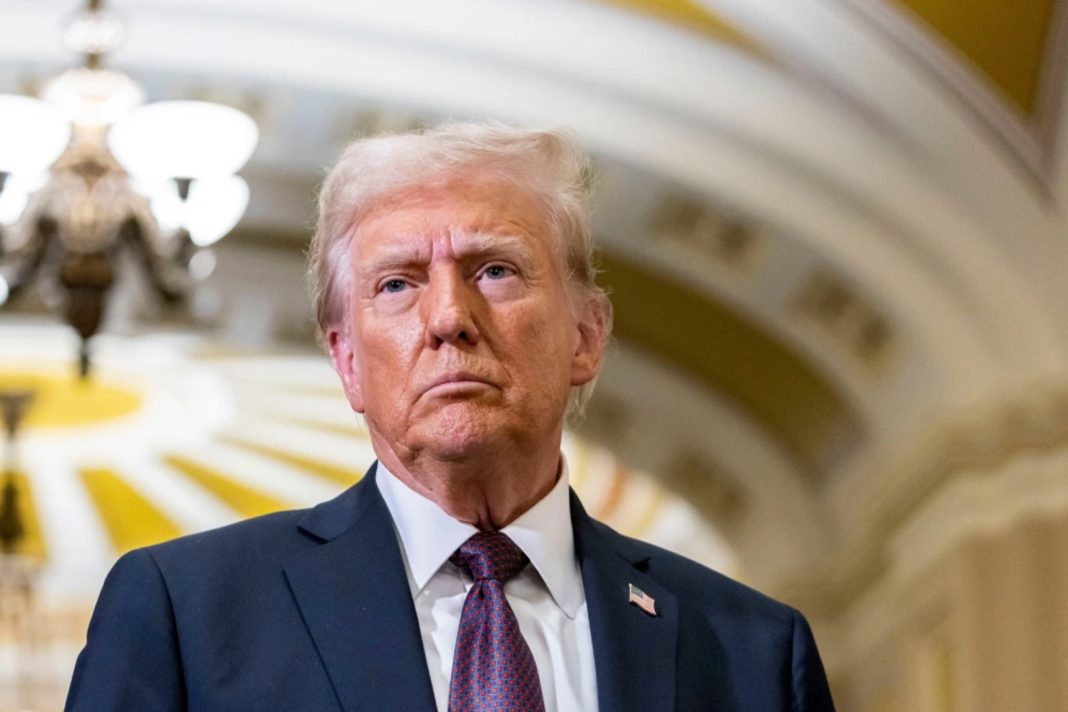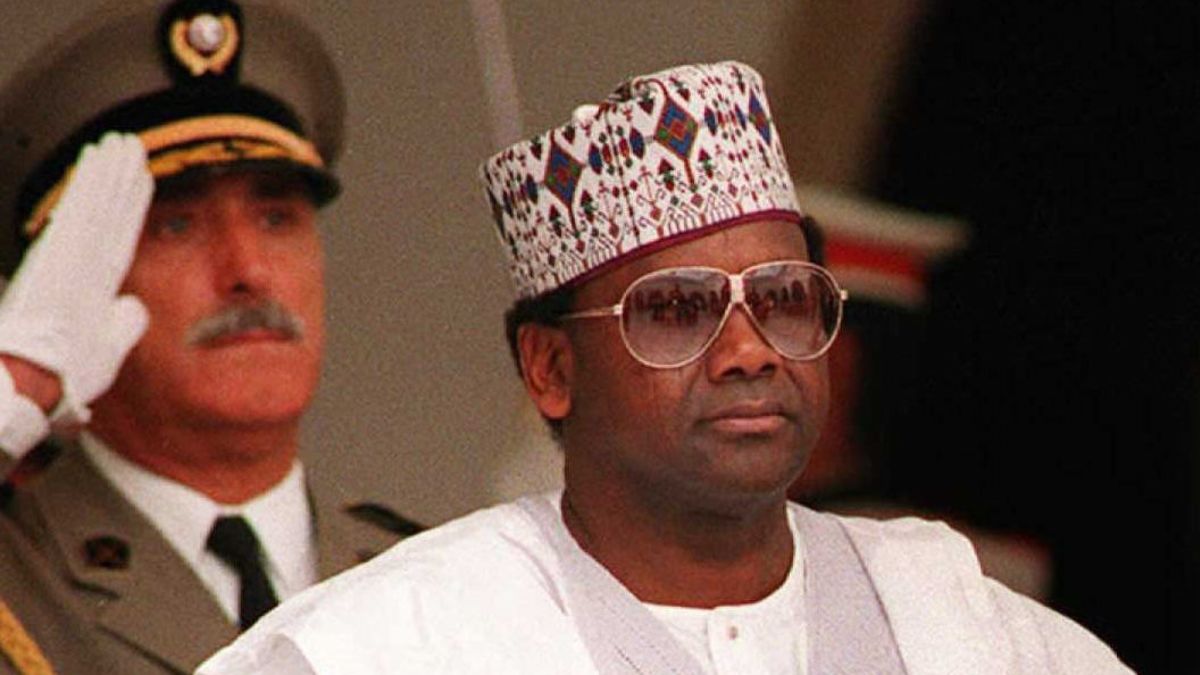WASHINGTON, USA — President Donald Trump has ordered sweeping new tariffs on imports from more than 60 countries, escalating his effort to reshape global trade as the United States approaches a critical deadline for new trade deals.
The executive order imposes tariffs ranging from 10% to 50% on a wide range of goods, including a 35% tariff on Canadian products, 50% on Brazilian exports, 25% on Indian goods, 20% on imports from Taiwan, and 39% on Swiss exports.
The tariffs are set to take effect within seven days, though shipments already en route may be exempt.
Trump invoked the 1977 International Emergency Economic Powers Act (IEEPA) to justify the sweeping measures, citing a “national emergency” tied to the growing U.S. trade deficit and the opioid crisis fueled by fentanyl imports.
A federal appeals court is currently reviewing the legality of invoking emergency powers in this context, raising uncertainty around the long-term enforceability of the tariffs.
“The United States must act decisively to restore balance in our trade relationships and protect national security,” Trump said in a statement.
“Countries that do not align economically or strategically with us must pay a price.”
The move has triggered immediate diplomatic and economic backlash:
-
Canada: Prime Minister Mark Carney expressed “deep disappointment,” saying the 35% hike on fentanyl-linked exports was unjustified and a threat to Canadian jobs. “We will continue to negotiate, but our focus remains on strengthening and diversifying our economy,” Carney posted on X.
-
Brazil: Tariffs were interpreted as retaliation for Brazil’s prosecution of former President Jair Bolsonaro, though Trump excluded aircraft, orange juice, and energy exports to soften the blow.
-
India: A 25% tariff is set to take effect after negotiations collapsed over U.S. access to India’s agriculture sector. Trump also hinted at additional penalties over India’s oil dealings with Russia, prompting a sharp fall in the rupee and political uproar in New Delhi.
-
Taiwan: President Lai Ching-te called the tariffs “temporary” and expressed hope for a negotiated reduction.
-
Switzerland: Authorities in Bern said they would push for a “negotiated solution” and expressed concern over the lack of consultation.
-
South Africa, now facing a 30% tariff, vowed to seek “practical interventions” to safeguard its economy and workforce.
In contrast, Mexico received a 90-day reprieve on most new tariffs following a phone call between Trump and President Claudia Sheinbaum.
The delay spares roughly 85% of Mexican exports—primarily those compliant with the U.S.-Mexico-Canada Agreement (USMCA)—from immediate levies.
However, U.S. duties on Mexican steel, aluminum, copper, and non-compliant autos remain at 25% to 50%.
China faces a looming Tuesday, August 12, 2025, deadline to finalise a broader trade deal, after preliminary talks in May and June yielded limited progress.
The stakes are high, as the U.S. has threatened to extend tariffs or cut off access to critical rare earth minerals if talks stall.
Even before the new tariffs take effect, U.S. consumers are already seeing price increases. Commerce Department data released Thursday showed:
-
Home furnishings and household equipment up 1.3% in June — the largest jump since March 2022.
-
Recreational goods and vehicles rose 0.9%.
-
Clothing and footwear up 0.4%.
Wall Street reacted negatively.
The STOXX 600 in Europe fell 1%, while Asian markets were on pace for their worst week since April.
Trump’s tariff rollout reflects his campaign promise to “rebalance” U.S. trade relationships and revive domestic manufacturing.
More announcements are expected in the coming weeks, including updated rules of origin and exemptions for strategic sectors.
As the U.S. pushes forward, the global trade landscape faces increasing volatility. Analysts warn of retaliatory tariffs, prolonged diplomatic tensions, and uncertain outcomes in pending negotiations with key partners like China, the EU, and Southeast Asia.
While Trump insists the tariffs will “put America first,” critics argue the policy risks economic isolation and rising costs for American households.
The coming weeks could prove pivotal in defining the next phase of global trade under Trump’s administration.







